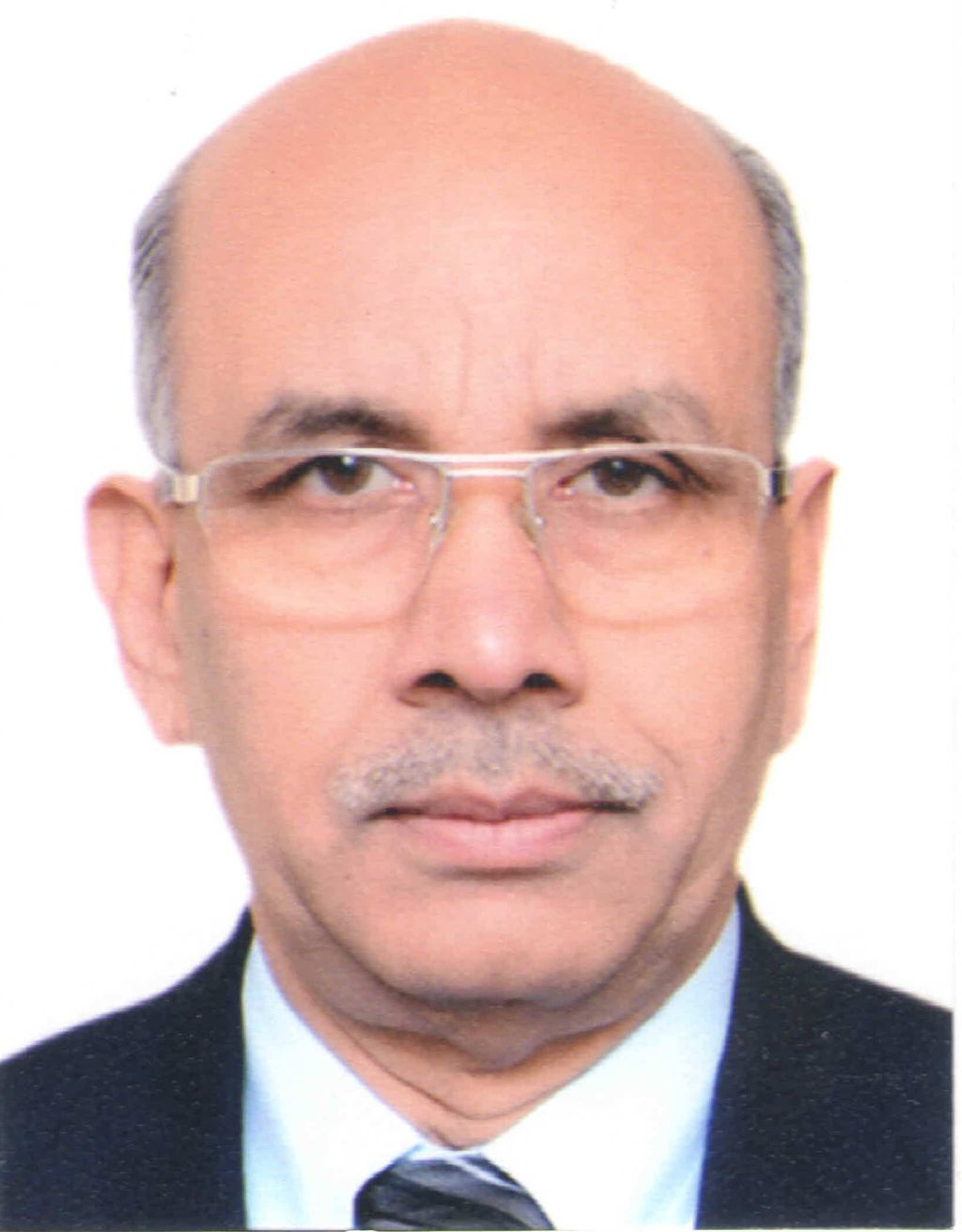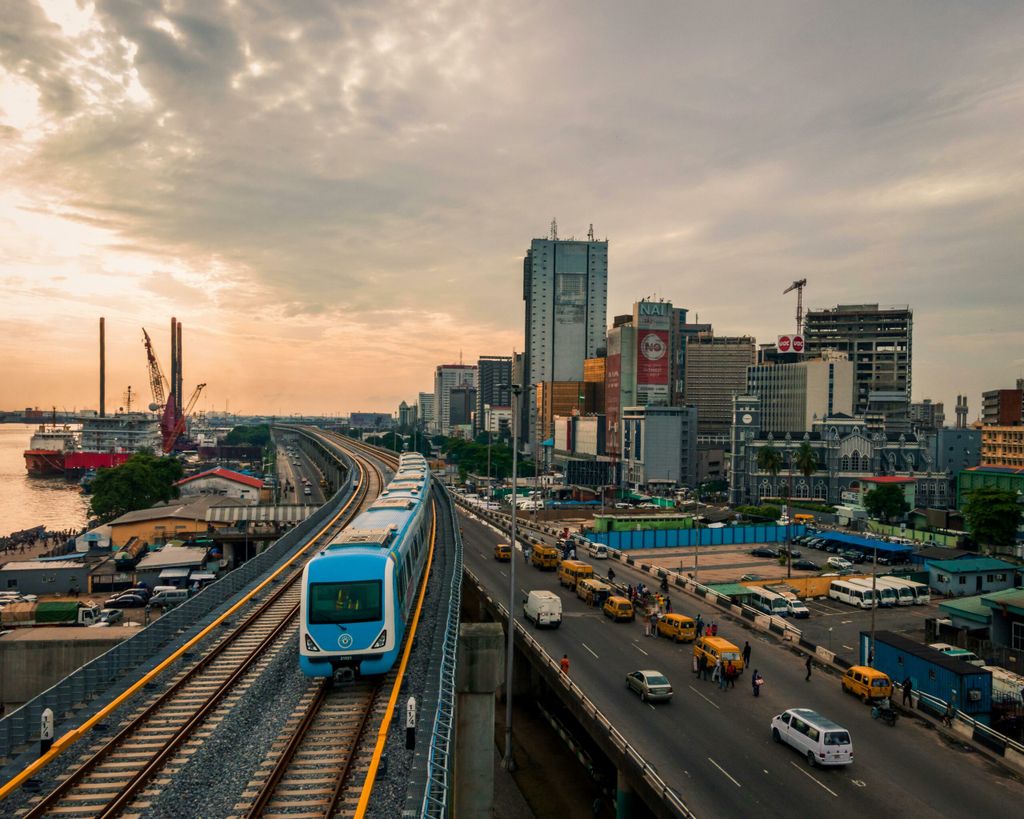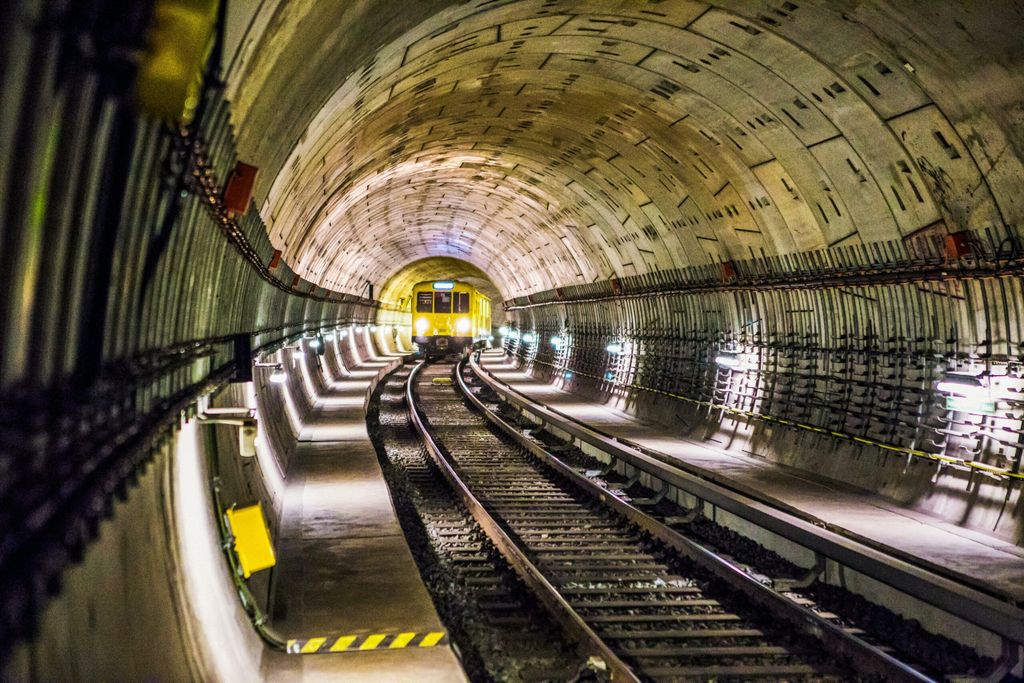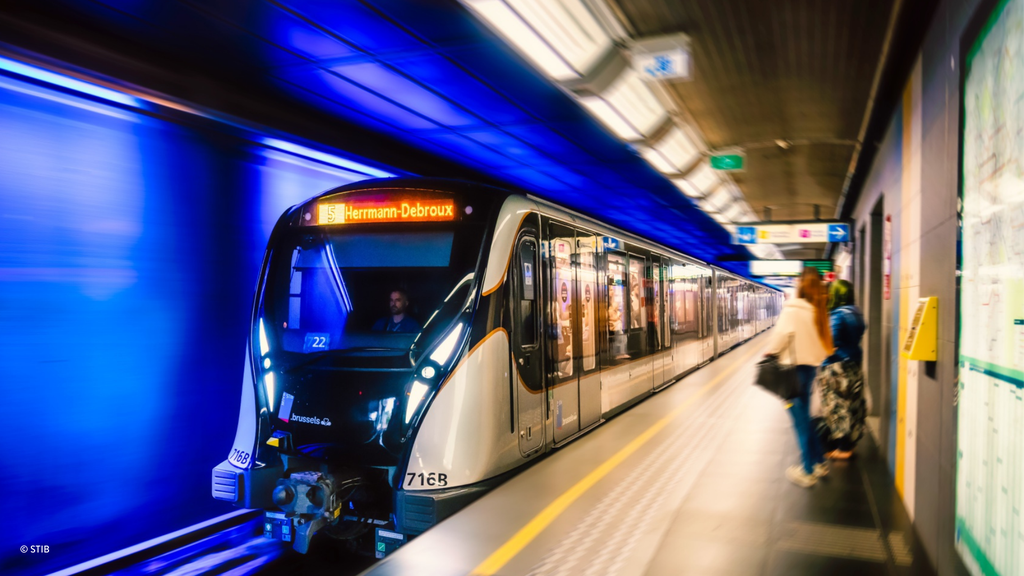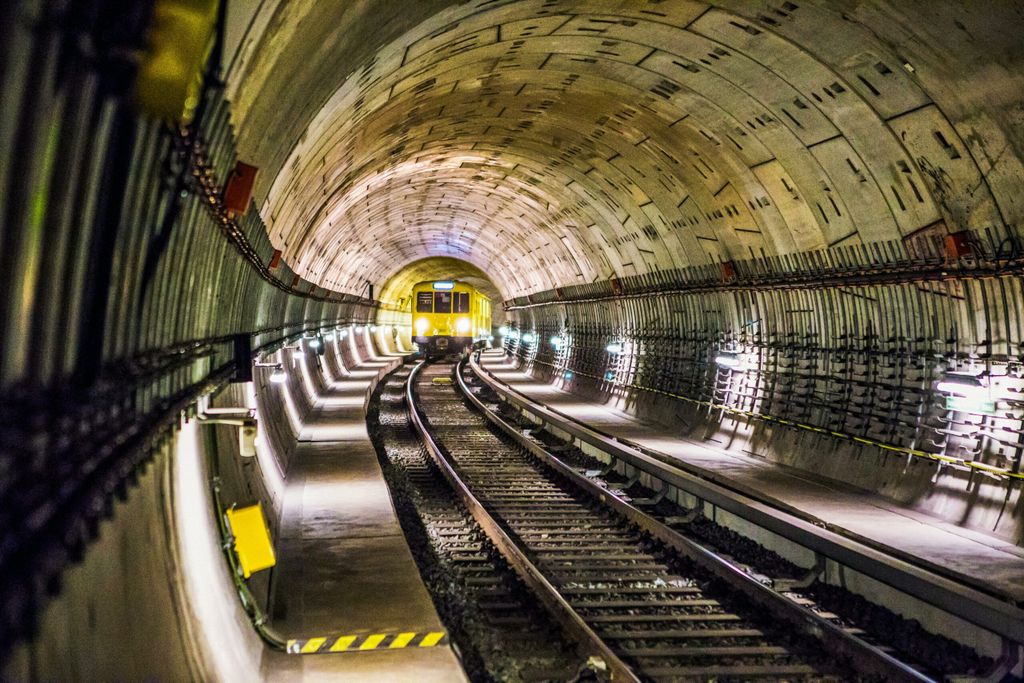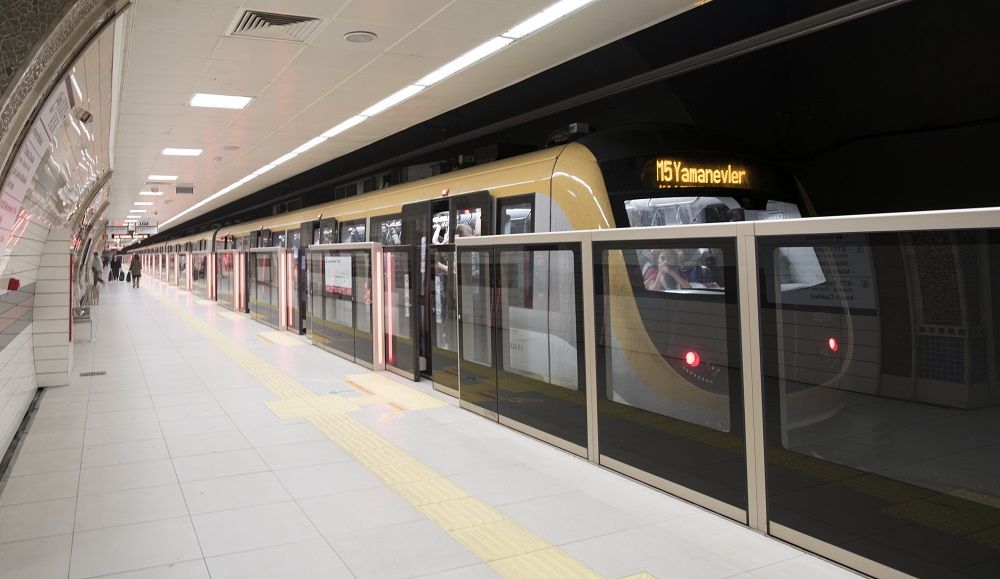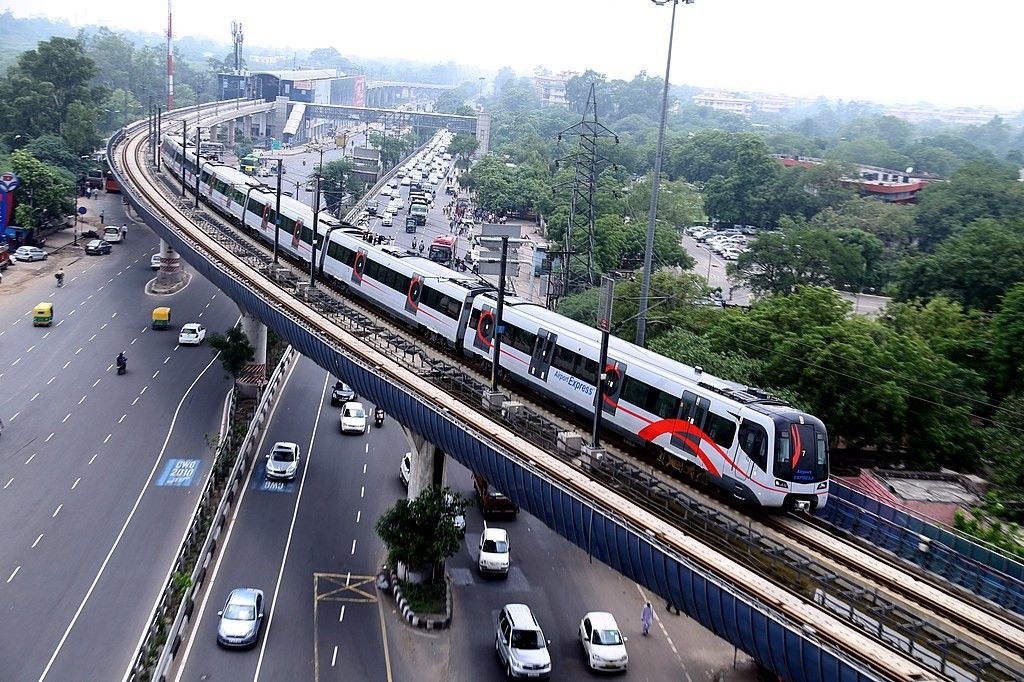
Conversation with Dr. Mangu Singh on growth of metro systems in India
Accelerating growth of mass transit systems
In order to accelerate the modal shift from cars to public transport and sustainable urban mobility, metropolitan cities in India are focusing on adopting and expanding metro systems across the city. The Government of India has also given a favourable push recognising the important role played by the metro in urban transport systems through various policy initiatives and budget announcements. The target is to have a metro rail network in 100 cities by 2047 to mark India’s 100th year of Independence.
The metro rail policy 2017 provides an enabling environment for the expansion of the metro rail systems such as promoting public-private partnerships, focusing on multi-modal integration and last-mile connectivity, and improving financial viability through land value capture and transit-oriented development. There is also an increasing focus on standardisation of metro components to promote indigenous development and manufacture, ensure long-term investments, improve interoperability and reduce cost.
Aligning with the national vision of ‘Made in India’, Indian metros have taken initiatives through locally manufacturing of rolling stock, building metro train driver training simulators, and developing a communication-based train control system. Along with technological initiatives, the metro systems are adopting green initiatives to promote a clean and green urban transport system. Delhi Metro Rail Corporation (DMRC) has taken exceptional measures and initiatives in this regard.
Dr. Mangu Singh on his engagement with the UITP team
On his farewell, Dr. Mangu Singh, the managing director of DMRC who served for about 25 years in the organisation had a brief conversation with UITP. DMRC is also an active member of the International Association of Public Transport (UITP) and has been organising its annual UITP India Urban Rail Seminar since 2019. The event focused on topics like the Covid-19 impact on the urban rail sector and financial concerns, technological innovations, funding and financial innovation, and digitalisation in operation and maintenance. In a conversation with Dr. Mangu Singh, he talks about DMRC’s engagement with UITP for the past few years, and further steps to promote public transportation in the country.
First of all, big thanks from the UITP team for having built a cordial relation between the two esteemed organisations working in the domain of promoting public transport. DMRC has been actively interacting and participating in events and activities organised by UITP. What has been your experience with UITP in past decade and how has it evolved over a period of time?
The experience of working with UITP was wonderful. It is doing exemplary work in promoting sustainable mass urban transit solutions all over the world. In a country like India, where vehicular emission is a major challenge in the urban areas, there is scope to do a lot more. I am sure, you will continue to do good work in the future as well.
“Sustainable mobility is extremely important for almost every aspect of the growth of a nation. Without adequate mobility infrastructure, there cannot be economic growth or job creation. Therefore, a lot of work is taking place in the country to boost our urban infrastructure with world class mass transportation solutions. Metro railway is non polluting with high PHPDT which helps in transporting a large number of people from one point to another without intruding into vehicular space on the roads. Therefore, for our large cities, the Metro infrastructure must be expanded. At the same time, other solutions such as Metro Neo, Metrolite and similar light rail options should be explored for the tier 2 cities.”
What has been your most cherished experience with UITP, any event, meeting, or being part of a committee or division?
Our collaboration was long and there were many occasions when we deliberated on issues pertaining to the expansion of the urban transit infrastructure in the country. The UITP seminars that were organised jointly with DMRC including the first such seminar will always remain etched in my memory. As mentioned earlier, I must acknowledge that UITP is indeed playing an important role and has the potential to do a lot more in the days ahead.
What are some of the suggestions and ideas for further strengthening the public transportation in the country, especially in the Urban Rail domain?
The success of metro rail in Delhi has amply shown that mass urban transit systems can be viable solutions to tackle urban mobility challenges in our big cities. However, for the smaller urban settlements which are also rapidly expanding there is a requirement to have more custom-made solutions keeping in mind the population and mobility requirements. A lot of options such as water metro (for cities with water connectivity) and metrolite are under implementation which is a welcome change. This will pave the way for more such innovative urban rail solutions which will be equipped to cater to smaller populations and geographic areas.

